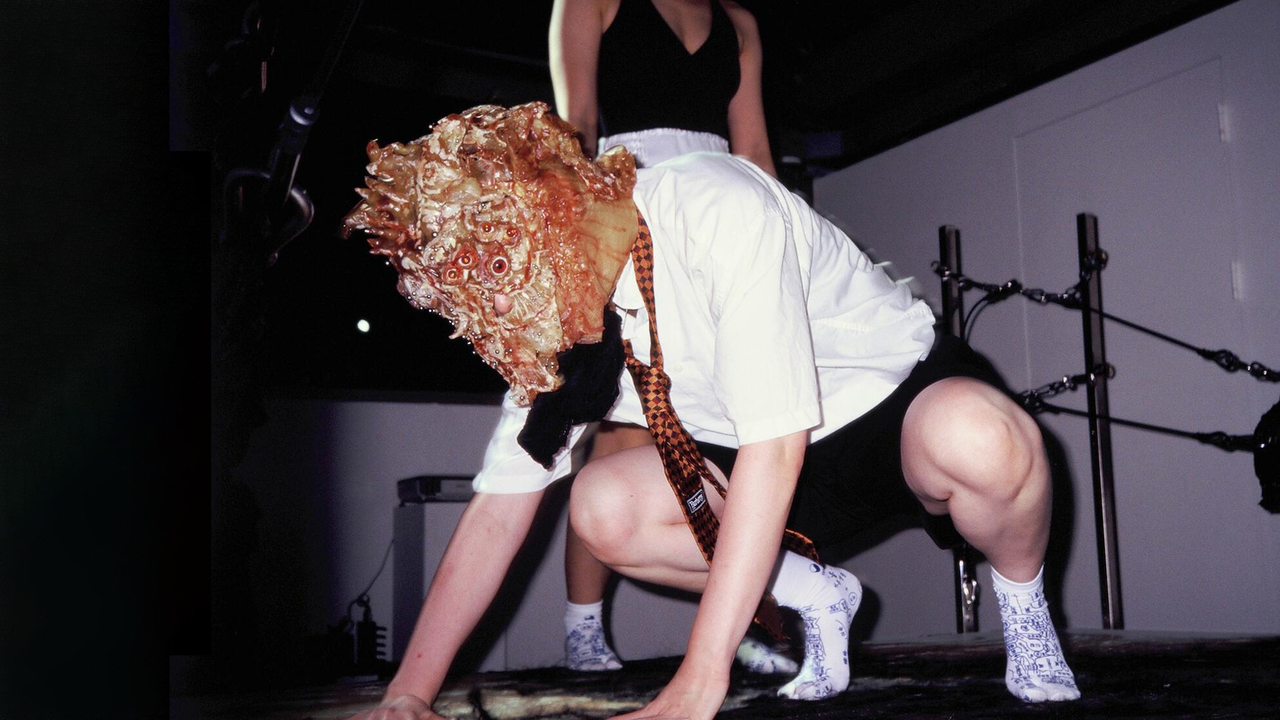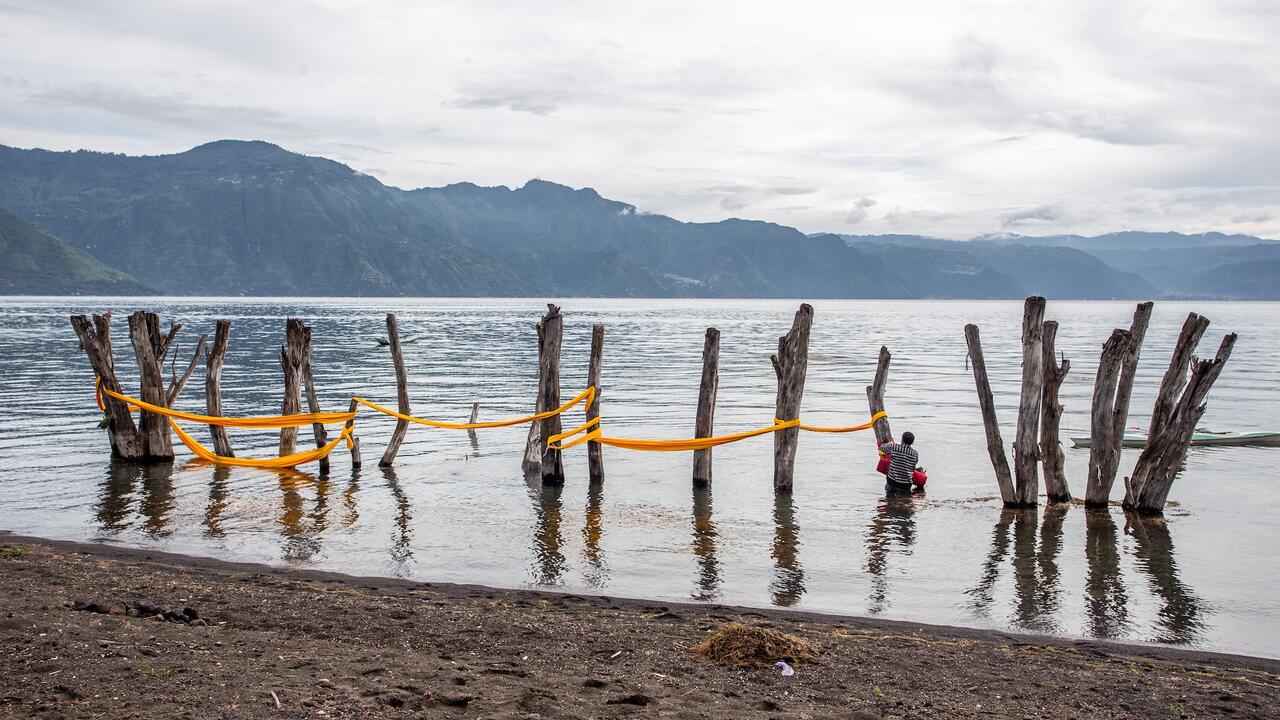Great Vacancy
Andrea Winkler, Hotel Alpenhof, Oberegg, Switzerland
Andrea Winkler, Hotel Alpenhof, Oberegg, Switzerland

The Hotel Alpenhof is not exactly one of the grand hotels of the last century. It has all the charm of an angular building from the 1950s, designed with economy and function in mind. Over the past eight years, however, a number of artists and musicians have adopted this disused holiday lodging in the Appenzell Mountains in Switzerland and developed it into a retreat for Zurich’s urban art scene, using it for recording music and hosting experimental exhibitions of contemporary art. For the first weekend in August, the newly founded Zurich initiative A–Z Public Artist Agency (AZPAA) invited Berlin-based artist Andrea Winkler to devise a series of interventions at the former hotel.
The public were invited to book a room for a few days at this remote holiday spot. Many took time between looking at the works to sleep, eat, chat and, on the 1 August, celebrate Switzerland’s national holiday with a fireworks display organized by the artist. This conflation of mini-break and art exhibition in the premises of a former hotel led to some ambiguity as to what was art, what was interior design and what was mere happenstance. Winkler played on this ambiguity by using readily available materials to embellish the rooms: colourful balloons, floral-patterned papers, magazine pages pasted to the walls. The hotel dining room’s panoramic windows afforded a stunning view over a picture-perfect Swiss idyll: soft green hills, a mountain pass, the bell tower of a chapel. Yet inside, the party appeared to be over. The room was almost bare; numerous brightly coloured balloons lay limply on the floor, their sprayed-on hues starting to flake, adding to the overwhelming sense that one had stumbled upon the shabby aftermath of some earlier festivity.
Many of Winkler’s other interventions were even more subdued or barely noticeable: the roll of decorative wrapping paper sitting on the sill of a frosted glass window, for instance, which might have been merely a remnant of an unfinished piece. Suggesting past processes or implying possible future uses, many of Winkler’s works evade easy formal categorization – labels such as ‘sculpture’ or ‘installation’ seem somehow either premature or dated.
Going up to our guest room, we were greeted by a few half-unpacked travel items: a newspaper on the table, a T-shirt over a chair. A page torn from a fashion magazine was pinned loosely to the wall; the woman in the photograph looking out seductively from the folds of paper and down onto the bed. Other guest rooms contained similarly random items: a paper lantern on a tree branch or a garment rack on a desk. But Winkler’s attempts at site-specificity – a term already worn thin by artspeak – were somewhat undermined in this context, as a number of the works on display had already been seen on the white walls of galleries or museums and were not exclusively created for the setting. Fully exploring the potential of unusual trips of this nature, and the scope of an initiative such as AZPAA, depends on considered debate and continued questioning of the complicated relationship between the viewers’ everyday experience and the objects with which they share their lives.
Translated by Rosanne Altstatt























